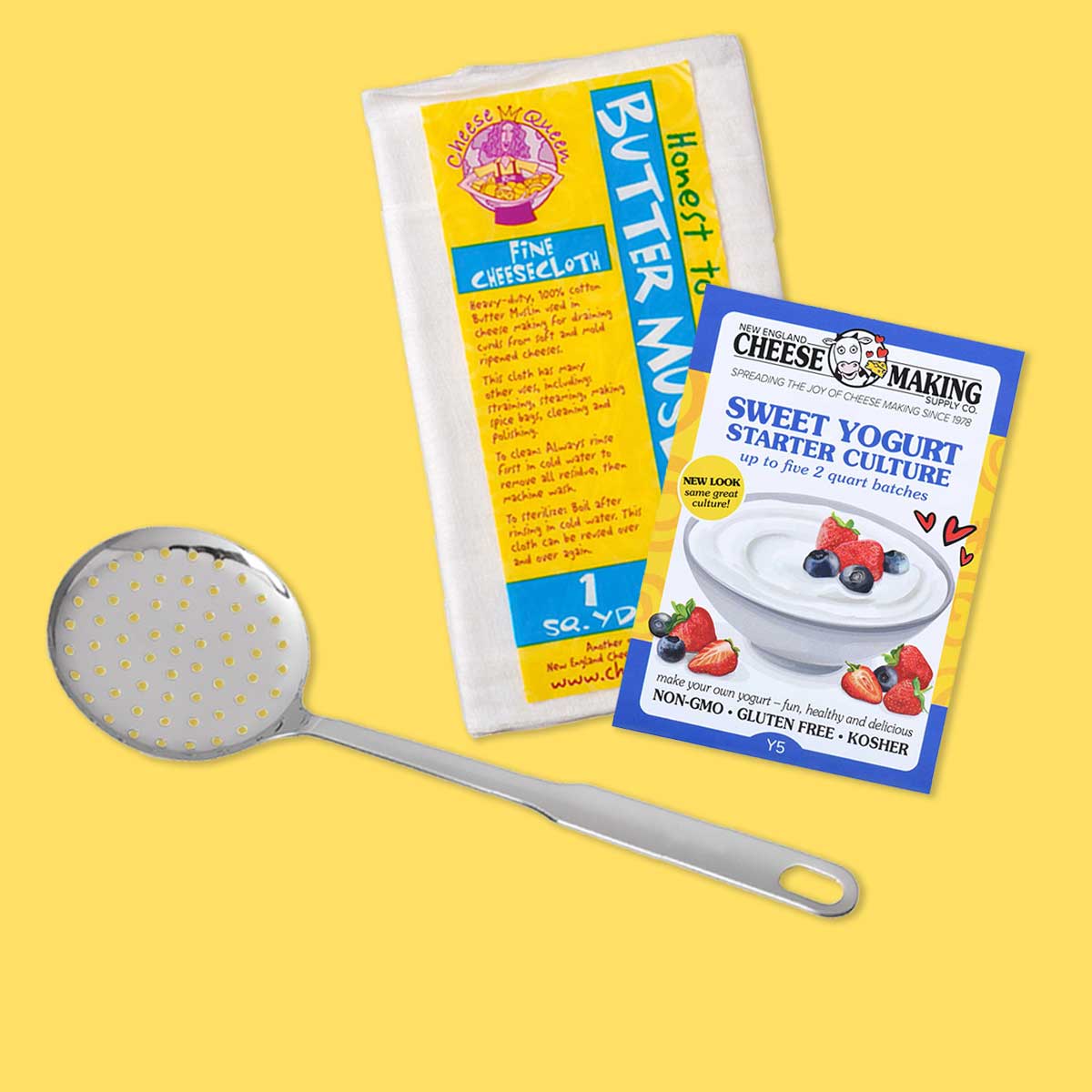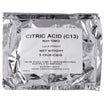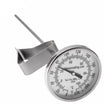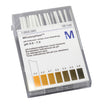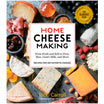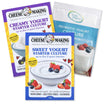Robiola Cheese Info
Robiola, Perfect for Home Cheese Making
Robiola may be the perfect cheese for the home or farmstead cheese maker. It is a cheese produced in the Langhe Hills just south of Torino, Italy. Yes, this is the same region that produces the amazing$ Barolo wines and the wonderful$ tartufa (truffles) around Alba.
Robiola is an Ancient Cheese
"Robiola Piemonte" is the generic name for this group of fresh white cheese derived from cow goat or ewes milk or any mixture of the three (due-latte tre-latte). They also can be found as pasteurized or from raw milk.
Do not confuse this cheese with the term "Robiola Lombardia" which is a term used for a group of different Taleggio style cheeses (another recipe to be coming in the next few months).
Robiola derives from the Latin “rubere” and refers to the reddish color that the crust develops particularly after a prolonged period of maturation). The texture is denser and less "frothy" than the traditional lactic goat cheese. These are small (4-5.5" in diameter and 1-1.5" in height). Each cheese weighs between 8.5-14 oz. and can be found as fresh or slightly matured cheese.
The fresh cheese | Is ripened from four to ten days and a rind may be present in the form of a light natural bloom of mold or may be absent. The body may be milky white to straw-yellow depending on the season with a soft and creamy paste. The flavor/aroma may vary from a delicate tangy to slightly sour.
The mature cheese | Is ripened for 11 days or more forming a rind with a natural bloom of mold and may become slightly reddish in color. The body becomes slightly more compact as maturing progresses. It may also become creamier as it ages, due to the protein changes within.
What I find so user friendly with this cheese is that it can be:
- Made with cow, goat, ewe or any combo of these milks.
- It can be eaten fresh at 2-3 days old or allowed to develop a slight mold coat and aged for several weeks.
- It can be (and is) made from any culture, ranging from natural milk cultures, Mesophilic or even Thermophilic cultures.
- It is such an easy cheese to make, relying on mostly acid development and just a tiny bit of rennet for coagulation and little to no time in stirring and cooking.
Because of the above it gets my vote for the next cheese to try after Ricki's easy Mozzarella.
Variations in Style
Within the Langhe Hills, there are 2 Robiolas of note. Both are “DOP” (controlled denomination origin):
Robiola di Roccaverano | from "del Bek" which is Piedmont dialect for goat. This is a special breed and the only Italian historical goat milk cheese still in production, according to the procedures established some 200 years ago. This is made from the goat of Roccaverano. The production technique varies little from cheese maker to cheese maker, but the differences between their “robiole” can be significant because notes of flowers, herbs and the flora of the pastures are transferred to the cheese in such a way that it is possible to establish a map of “cru” territories as is done for the wines.
Robiola Murazzano | This is one of the oldest cheeses of the Robiola dating back to the time of the Celts in Italy. The milk is only produced on the high pastures from May to November. It was originally made of 100% ewes milk but can now contain up to 40% cows milk.
In addition to these, you may find a mix of other cheeses such as the Due Latte and Tre Latte (2 and 3 types of milk) mixed milk cheeses ranging from commercial production to small scale farm cheeses.
How to Make Robiola Cheese
As I have mentioned earlier, you can make this cheese with any milk; raw, pasteurized, milk from cow, goat or ewe. But please, please, please, no low or no fat milk! This cheese depends on the natural flavor of the milk, and the butterfat is a big part of that.
This cheese will be a combination of a lactic style with just a teeny bit of rennet. This means that we will rely primarily on the conversion of lactose to lactic acid by bacteria to develop enough acidity to cause the milk to coagulate. This will give us a light and more open texture in the final cheese-very different from the traditional rennet coagulated cheese.
For this cheese, I will work with a good quality whole cows milk from the store since this is what most folks can easily find. If you can find a source for raw cow, goat or ewes milk this will develop even more complex flavors but the pasteurized milk will make a wonderful cheese as well. As always, fresh is best.
The Basic Process of Making Robiola
- Heating the milk and adding the culture.
- Allowing this to sit for several hours to develop acid.
- Adding a few drops of rennet and allowing a firm curd to form with good acid development.
- Cutting the curd briefly.
- Ladling to draining cloth and forms for 12-36 hours.
- Allowing the cheese to dry and age for 4-40 days.



